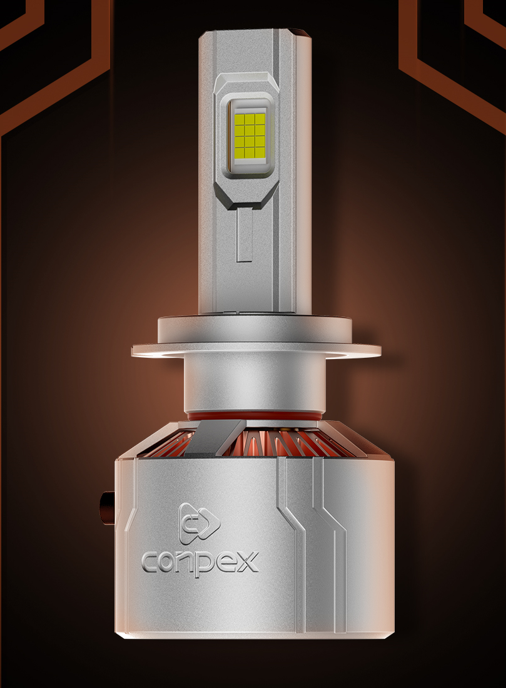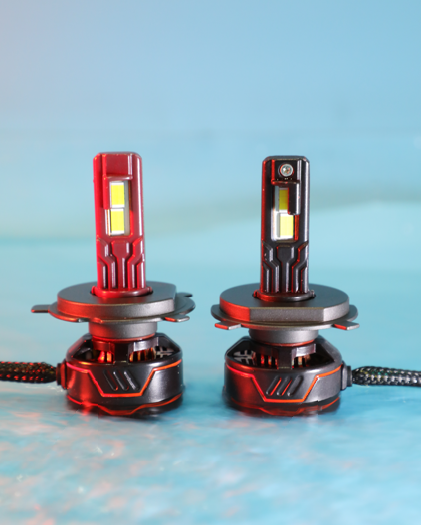Dual beam and single beam of automotive LED headlights: What are the main differences?
04 July 2025
by
Reading volume: 1582
With the development of automotive lighting technology, automotive LED headlights have gradually become the mainstream configuration due to their high brightness, long life, and low energy consumption. When purchasing or upgrading LED headlights, you will often encounter two different types: "single beam" and "dual beam". They look similar, but they are essentially different in structure and function. Understanding their differences can help us make a more appropriate choice.
Single beam LED headlights, as the name suggests, each bulb has only one light type function, either low beam or high beam. Therefore, if the vehicle needs to achieve the complete lighting function of high and low beams, it must be equipped with two sets of bulbs, responsible for high beam and low beam respectively. This type of design is common in traditional vehicles or basic configuration lighting systems. The advantages are clear structure and low maintenance cost, but it also means larger installation space and more complex wiring.

In contrast, dual beam LED headlights are an integrated design that can switch between high beam and low beam functions with one bulb. It usually achieves light type conversion through built-in electric sunshades or light source switching technology. This design greatly simplifies the installation process, and only two bulbs are needed to meet all the front lighting needs of the vehicle. Dual beams are becoming more and more common in modern cars and are also a popular choice for LED headlight upgrades.

From the perspective of user experience, dual-beam bulbs not only save space and wiring, but also improve overall lighting efficiency and ease of operation. Although single-beam lamps have lower initial costs, they may bring more complexity and additional costs when replacing or upgrading lamps.
In general, the choice of which type of automotive LED headlights should be based on the vehicle structure, installation requirements and budget. If you pursue higher integration and convenience, dual beams are undoubtedly the best choice; if you value flexibility and cost control, single beams still have their application scenarios.






